
Of all the mainline steam locomotives running these days — and there is an uncanny amount of them — I can’t think of one with as many distinct transitions as Reading 4-8-4 No. 2102. By my count, she’s a cat with at least five lives, with four more to go, if you believe that sort […]
Read More…
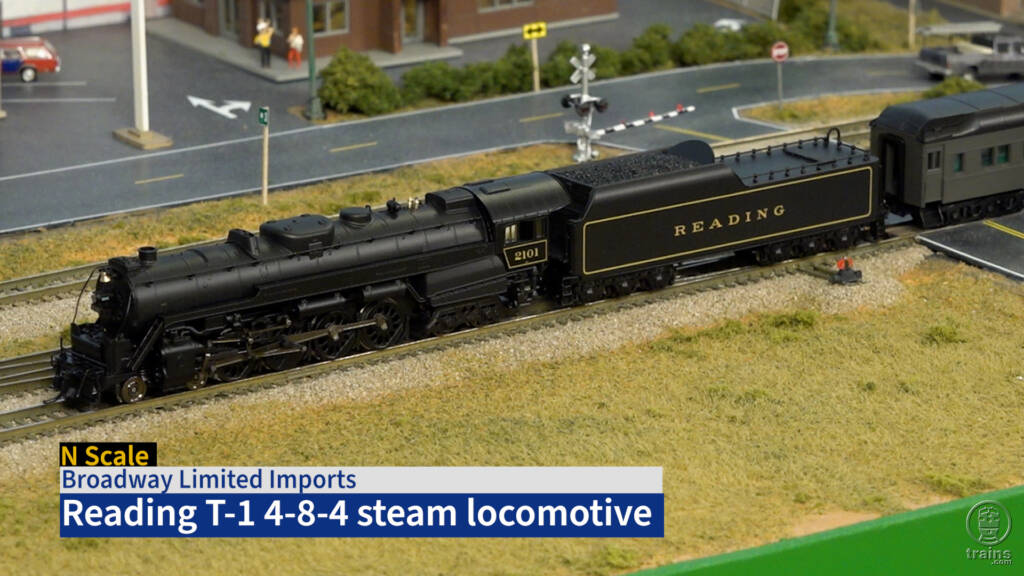
An N scale Reading T-1 from Broadway Limited recently visited our Milwaukee, Racine & Troy State Line Route layout. Join Senior Editor Cody Grivno as he gives a short history of the full-size 4-8-4; points out the many separate, factory-applied details on the model; and demonstrates the light and sound functions on the Paragon4-equipped steam […]
Read More…

An N scale Reading T-1 from Broadway Limited recently visited our Milwaukee, Racine & Troy State Line Route layout. Join Senior Editor Cody Grivno as he gives a short history of the full-size 4-8-4; points out the many separate, factory-applied details on the model; and demonstrates the light and sound functions on the Paragon4-equipped steam […]
Read More…
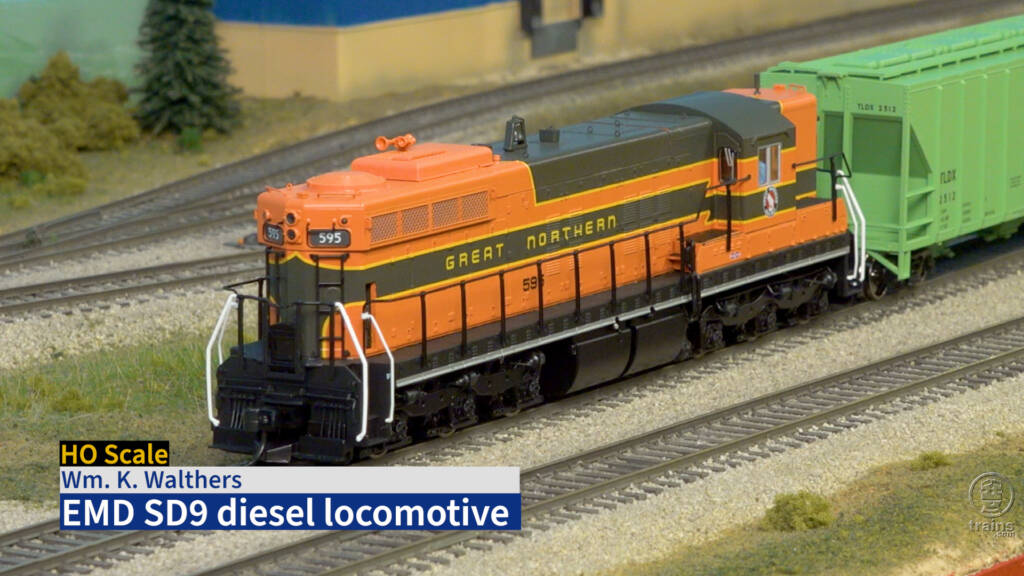
A new run of the WalthersProto HO EMD SD9 was recently released. Join Senior Editor Cody Grivno as he provides a brief history of Great Northern No. 595, points out the many freestanding details on the six-axle road switcher, and demonstrates the various light and sound functions on the ESU LokSound 5-equipped model. Then see […]
Read More…

A new run of the WalthersProto HO EMD SD9 was recently released. Join Senior Editor Cody Grivno as he provides a brief history of Great Northern No. 595, points out the many freestanding details on the six-axle road switcher, and demonstrates the various light and sound functions on the ESU LokSound 5-equipped model. Then see […]
Read More…
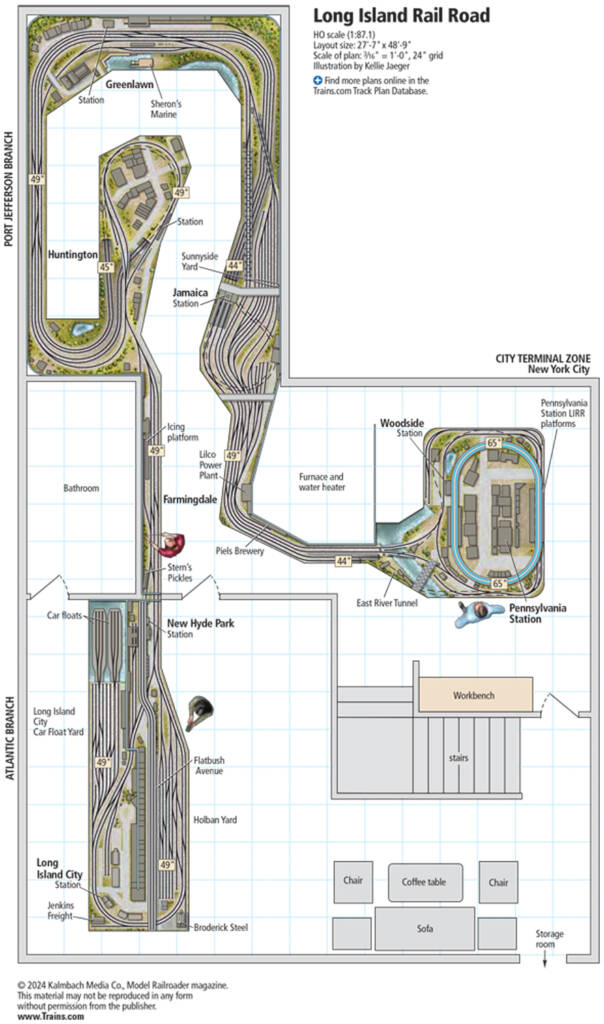
Facts and features Name: Long Island Rail RoadScale: HO (1:87.1)Size: 27′-7″ x 48′-9″ Prototype: Long Island Rail Road Locale: Queens, Brooklyn, Manhattan, and north shore of Long Island (to Greenlawn)Era: 1964 (diesel) or 1954 (steam)Mainline run: approximately 300 feet Minimum radius: 24″Minimum turnout: No. 4 (yards), No. 6 (main and crossovers) Maximum grade: 3%Benchwork: […]
Read More…
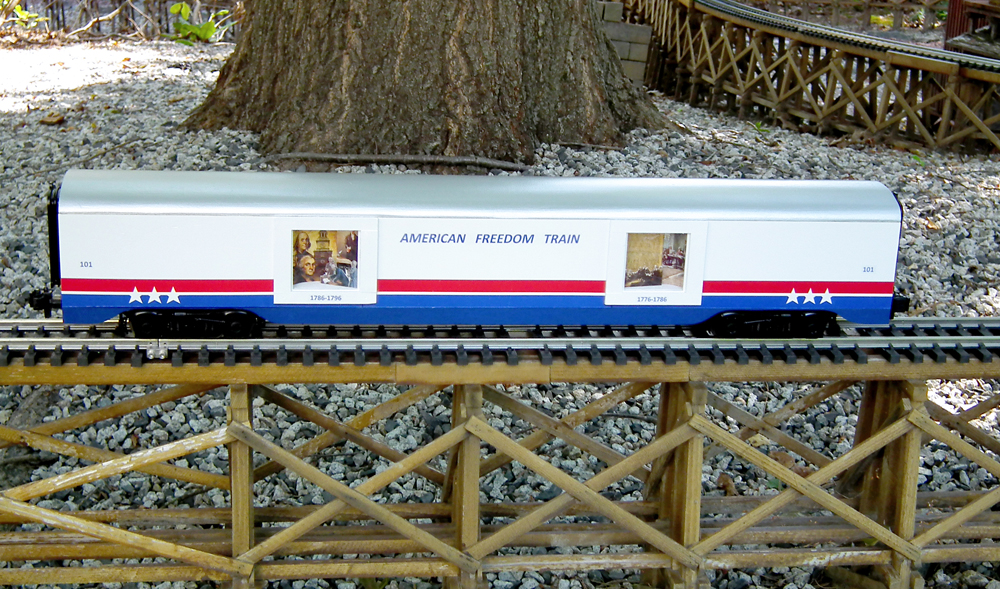
The most recent version of the American Freedom Train (AFT) was assembled to help celebrate the United States’ 1976 Bicentennial. The complete train, which visited all 48 contiguous states over a two year period, had a total of 23 pieces of rolling stock, including passenger cars, showcase cars (with full-scale historical artifacts, like the Lunar […]
Read More…
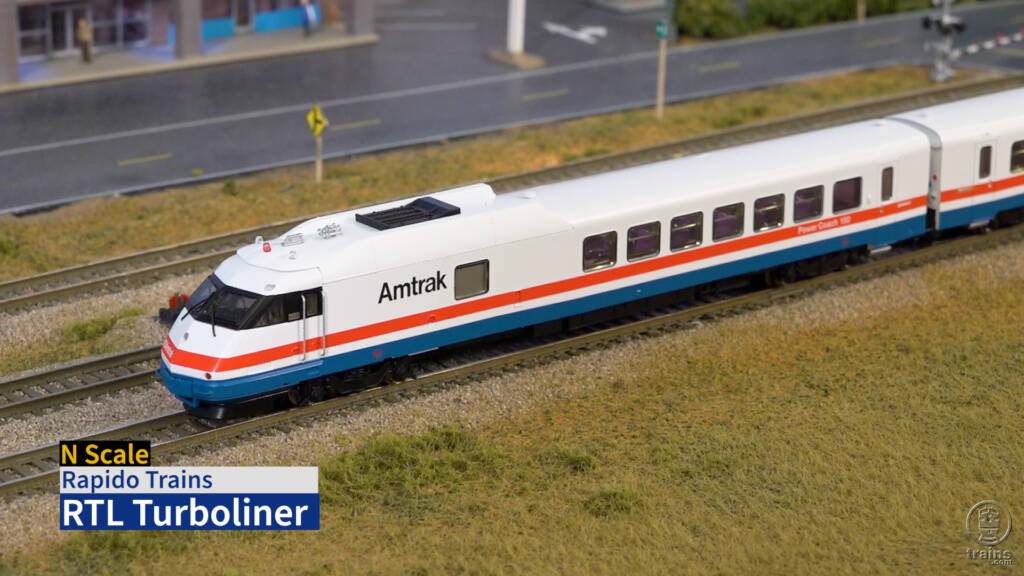
The Rapido Trains N scale Turboliner, based on the Rohr Industries prototype from the mid-1970s, recently paid a visit to our Milwaukee, Racine & Troy State Line Route layout. Join Senior Editor Cody Grivno as he shares a brief history of the RTL Turboliner, points out the details on a 5-car set, and demonstrates the […]
Read More…

The Rapido Trains N scale Turboliner, based on the Rohr Industries prototype from the mid-1970s, recently paid a visit to our Milwaukee, Racine & Troy State Line Route layout. Join Senior Editor Cody Grivno as he shares a brief history of the RTL Turboliner, points out the details on a 5-car set, and demonstrates the […]
Read More…
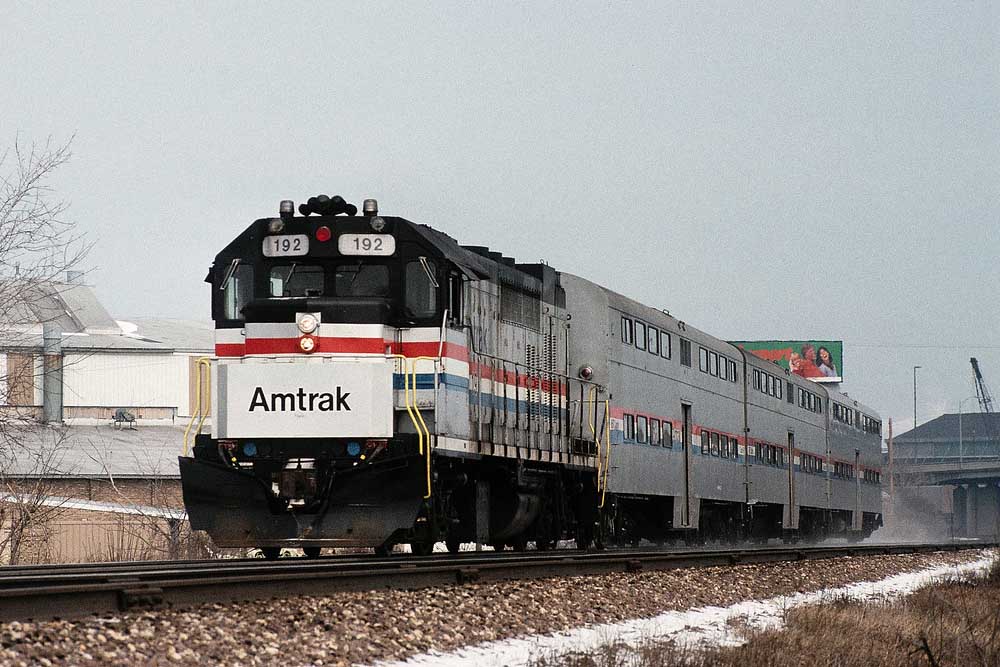
Amtrak GP40 diesel locomotives came in two flavors: eight former GO Transit GP40TCs acquired in October 1988 and 15 straight GP40s leased between May 1991 and June 1993. The 3,000 hp GP40 is a standard bearer of freight motive power in the second half of the 20th century. Introduced by EMD in 1968, the model […]
Read More…

Facts and features Name: Olli’s RailroadScale: large scale (1:29)Size: 20 x 430 feetPrototype: Atchison, Topeka & Santa Fe and Burlington NorthernLocale: American WestEra: 1970s and 1980sStyle: walkaround gardenMainline run: 850 feetMinimum radius: 7 feetMinimum turnout: LGB R5 (main), LGB R3 (industrial area)Maximum grade: 1.2%Benchwork: welded steel framework backfilled with earthHeight: 19″ to 38″Roadbed: noneTrack: […]
Read More…
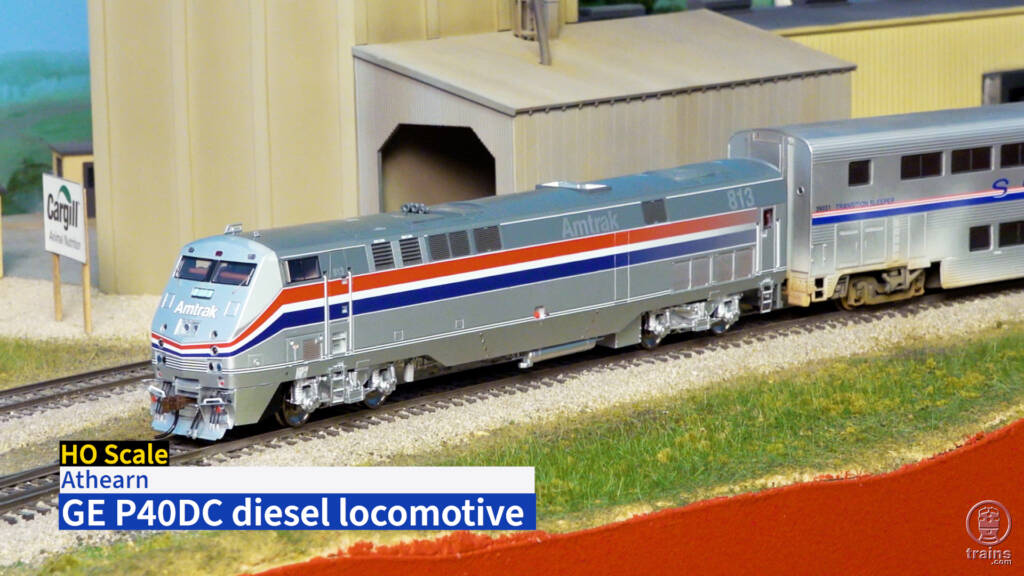
The Athearn HO scale GE P40DC diesel locomotive is back, this time with new tooling and operating strobe lights. Join Senior Editor Cody Grivno as he provides a brief history of Amtrak No. 813, points out the numerous details on the Genesis-series model, and demonstrates the sound and light functions. Then sit back and watch […]
Read More…








